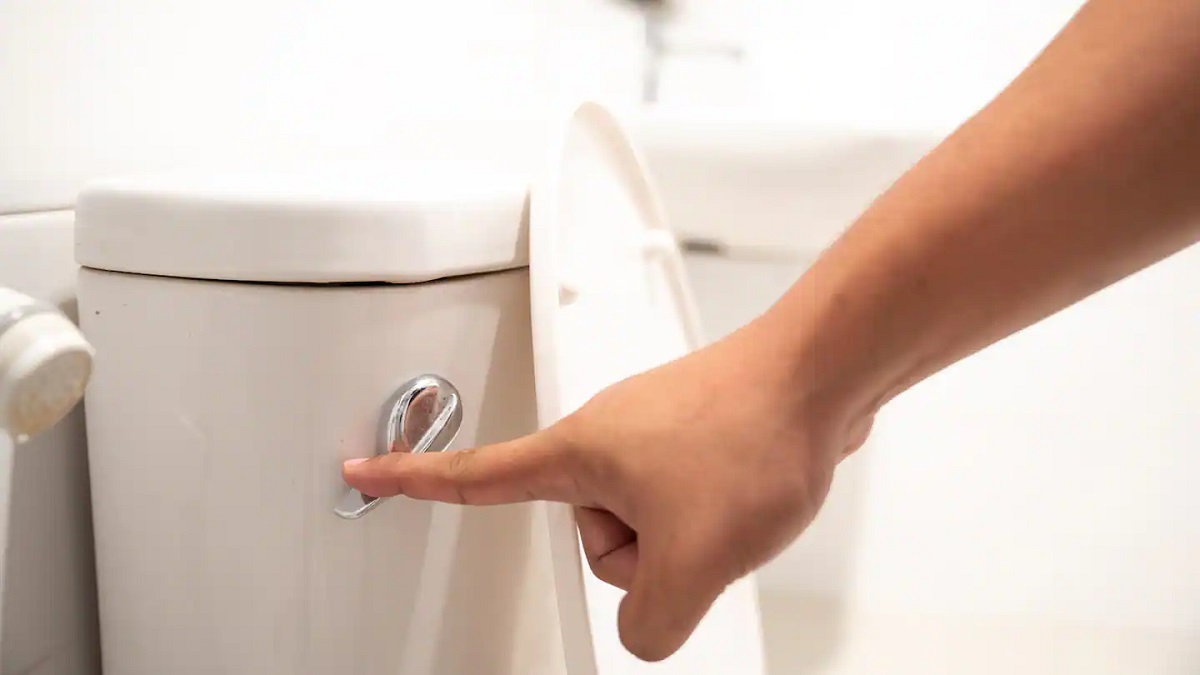

Articles
How To Make A Toilet Flush Better
Modified: January 6, 2024
Discover effective methods to improve toilet flush performance with these informative articles. Learn how to optimize your toilet's flushing power now!
(Many of the links in this article redirect to a specific reviewed product. Your purchase of these products through affiliate links helps to generate commission for Storables.com, at no extra cost. Learn more)
Introduction
Having a toilet that flushes efficiently is essential for maintaining a functioning bathroom. There’s nothing more frustrating than constantly having to deal with a weak or ineffective flush. Fortunately, there are several simple steps you can take to make a toilet flush better.
In this article, we will explore common issues with toilet flushes and provide practical solutions to improve their performance. Whether you’re experiencing a weak flush, clogging issues, or inconsistent water flow, these tips will help you get your toilet flushing like new again.
Before we delve into the specific solutions, it’s important to understand that toilet flush issues can be caused by a variety of factors. These can include a low water level in the tank, a poorly adjusted flapper chain, mineral buildup in the flush valve, or a worn-out flapper. By identifying the underlying cause of the problem, you can effectively address the issue and restore your toilet’s flush to its full potential.
So, if you’re ready to say goodbye to weak flushes and hello to a more efficient bathroom experience, let’s dive into the solutions that will help you make a toilet flush better.
Key Takeaways:
- Say goodbye to weak flushes and clogs by adjusting the water level, flapper chain, and flush valve assembly. Regular maintenance keeps your toilet in top shape for a consistently better flush.
- Upgrade your toilet’s flush performance with a high-performance flapper or a flush enhancer. Follow maintenance tips to ensure a satisfying and efficient bathroom experience.
Read more: How To Make Toilet Flush
Common Issues with Toilet Flushes
Before we discuss how to make a toilet flush better, let’s first identify some common issues that you may encounter with your toilet flush:
- Weak Flush: If your toilet doesn’t seem to have enough power to clear the bowl properly, you may be dealing with a weak flush. This can be frustrating and lead to frequent clogs.
- Clogging: Clogs are a common problem with toilets, and they can be caused by various factors such as flushing large amounts of toilet paper, foreign objects, or too much waste at once. Clogs can result in poor flushing performance and even overflow in some cases.
- Inconsistent Water Flow: If you notice that the water flow in your toilet tank is inconsistent or insufficient, it can affect the flush. This issue may be caused by a malfunctioning fill valve or insufficient water pressure.
- Partial Flush: Sometimes, after flushing, you might notice that only a small portion of the water in the tank is released, leading to a weak flush. This can be due to a flapper that doesn’t lift properly, preventing a full flush.
- Running Toilet: A running toilet is not only annoying but can also waste a significant amount of water. It usually occurs when the flapper does not create a proper seal, causing water to continuously flow from the tank to the bowl.
Now that we have identified these common issues, let’s move on to the solutions that will help you improve your toilet’s flush performance and address these problems effectively.
Check the Water Level in the Tank
One of the most common reasons for a weak flush or inconsistent water flow is an improper water level in the toilet tank. To ensure optimal flushing performance, it’s important to check and adjust the water level in the tank. Here’s how you can do it:
- Start by removing the toilet tank lid. Be careful not to drop or damage it.
- Observe the water level in the tank. It should be about 1 inch below the top of the overflow tube.
- If the water level is too low, you’ll need to adjust the fill valve to increase the water level. Look for a screw or a knob on top of the fill valve, usually located on the left side of the tank.
- Turn the screw or knob clockwise to raise the water level. Flush the toilet and observe the new water level.
- Continue adjusting the water level until it reaches the recommended height, typically 1 inch below the top of the overflow tube.
- Once you’ve achieved the desired water level, replace the toilet tank lid and make sure it is securely in place.
Checking and adjusting the water level in the tank can significantly improve the flush performance of your toilet. It ensures that there is enough water in the tank to create a powerful flush and clears the bowl effectively.
Remember, a water level that is too high can also cause problems, such as constant running or water overflow. So, it’s essential to find the right balance for optimal flushing performance.
If adjusting the water level doesn’t solve the flush issue, there may be other factors causing the problem. Let’s explore additional solutions to make a toilet flush better.
Adjust the Flapper Chain Length
If you’re experiencing a weak or incomplete flush, the problem might be due to an improperly adjusted flapper chain. The flapper chain connects the flush handle to the flapper, allowing it to lift and release water from the tank into the bowl. Here’s how you can adjust the flapper chain length:
- Remove the toilet tank lid and locate the flapper. It is usually a rubber or plastic piece that covers the flush valve at the bottom of the tank.
- Take note of the flapper chain attached to the flush lever. It should have a little bit of slack, allowing the flapper to fully open when you flush the toilet.
- If the chain is too tight, it can prevent the flapper from fully lifting, resulting in a weak flush. If it’s too loose, it can cause the flapper to close prematurely, also affecting the flush.
- To adjust the chain, simply loosen or tighten the chain’s attachment to the flush lever using pliers or your hands. Aim for a chain length that allows the flapper to lift fully when you press the flush handle.
- After adjusting the chain length, flush the toilet a couple of times to ensure that the flapper opens and closes smoothly without any issues.
- Replace the toilet tank lid and make sure it is secure.
By properly adjusting the flapper chain length, you can ensure that the flapper opens fully, allowing a sufficient amount of water to flow into the bowl during the flush. This will result in a stronger and more effective flush.
If adjusting the flapper chain length doesn’t resolve the flush problem, there may be other factors at play. Let’s explore more solutions to make a toilet flush better.
Clean the Flush Valve and Flapper
Mineral deposits and debris can accumulate over time, leading to poor flushing performance. Cleaning the flush valve and flapper can help remove these buildups and restore the proper functioning of your toilet. Here’s how you can clean them:
- Start by turning off the water supply to the toilet. Locate the shut-off valve typically located behind or near the base of the toilet.
- Flush the toilet to drain most of the water from the tank, making it easier to access the flush valve and flapper.
- Inspect the flush valve located at the bottom of the tank. It’s usually a rubber or plastic opening where water flows into the bowl during a flush.
- Using a cloth or sponge, clean any visible mineral deposits or debris from the flush valve. Pay attention to the edges and ensure that it is clear of any obstructions.
- Next, focus on the flapper. The flapper is the rubber or plastic piece that covers the flush valve.
- Gently lift the flapper and inspect it for any signs of wear or damage. If it appears worn-out or deteriorated, it may be time to replace it.
- Using a soft brush or cloth, clean the flapper to remove any mineral deposits or debris that may be affecting its performance. Ensure that it is clean and smooth.
- Once you’ve cleaned the flush valve and flapper, turn on the water supply and allow the tank to refill.
- Flush the toilet a few times to check if the cleaning has improved the flush performance.
Regular cleaning of the flush valve and flapper prevents mineral accumulation and debris that can hinder the flushing process. It helps maintain a clear and unobstructed path for water flow, resulting in a more efficient and effective flush.
If cleaning the flush valve and flapper doesn’t resolve the flush issue, there are still more solutions to explore. Let’s continue our journey to make a toilet flush better.
Check the water level in the tank and adjust the float to ensure it’s at the proper level. This can improve the flushing power of the toilet.
Read more: How To Manually Flush A Toilet
Adjust the Flush Valve Assembly
If you’re still experiencing problems with your toilet flush, adjusting the flush valve assembly can be the solution. The flush valve assembly controls the amount and timing of water released into the bowl during a flush. Here’s how you can adjust it:
- Remove the toilet tank lid and locate the flush valve assembly. It is usually a cylindrical or tower-like structure in the center or back of the tank.
- Inspect the flush valve assembly for any visible adjustments or screws. Some models have adjustable settings that allow you to control the water flow and flush power.
- If you find an adjustment screw, use a screwdriver or your fingers to turn it clockwise or counterclockwise, depending on the desired change.
- Turning the screw clockwise will typically decrease the water flow and result in a weaker flush, while turning it counterclockwise will increase the flow and potentially provide a stronger flush.
- Flush the toilet a few times to observe the changes and adjust the screw accordingly until you achieve the desired flush performance.
- Replace the toilet tank lid and ensure it is securely in place.
Adjusting the flush valve assembly can help fine-tune the water flow and flush power, allowing for a more customized flushing experience. However, it’s important to note that not all toilet models have adjustable flush valve assemblies. In such cases, this option may not be available.
If adjusting the flush valve assembly doesn’t resolve the issue, there are still more solutions to explore. Let’s continue our journey to make a toilet flush better.
Replace or Upgrade the Flapper
If none of the previous solutions have improved your toilet’s flush performance, it may be time to consider replacing or upgrading the flapper. The flapper is a crucial component that controls the flow of water from the tank to the bowl during a flush. Over time, flappers can deteriorate, resulting in leaks, weak flushes, or incomplete bowl clearing. Here’s how you can replace or upgrade the flapper:
- Start by turning off the water supply to the toilet. Locate the shut-off valve typically located behind or near the base of the toilet.
- Flush the toilet to drain most of the water from the tank.
- Remove the old flapper by detaching it from the flush valve. The flapper is usually connected by a chain or clip.
- Take the old flapper to a hardware or plumbing store to find a suitable replacement. Ensure that the new flapper is compatible with your toilet’s make and model.
- Install the new flapper by attaching it securely to the flush valve using the chain or clip provided.
- Turn on the water supply and allow the tank to refill. Check for any leaks around the flapper connection.
- Flush the toilet several times to ensure that the new flapper is functioning properly and providing a better flush.
If you frequently encounter issues with your toilet’s flush, consider upgrading to a high-performance flapper. High-performance flappers are designed to provide a more powerful and efficient flush, minimizing the chances of clogs or weak flushes.
Replacing or upgrading the flapper can significantly improve the flush performance of your toilet. It ensures proper sealing and controlled water flow, resulting in a more effective and satisfying flush.
If replacing or upgrading the flapper doesn’t resolve the flush issue, there are still additional solutions to explore. Let’s continue our journey to make a toilet flush better.
Install a Toilet Flush Enhancer
If you’re looking to take your toilet’s flush performance to the next level, installing a toilet flush enhancer can be a game-changer. A flush enhancer is a device that helps improve the power and efficiency of your toilet flush, resulting in a stronger and more effective flush. Here’s how you can install a toilet flush enhancer:
- Start by turning off the water supply to the toilet. Locate the shut-off valve typically located behind or near the base of the toilet.
- Flush the toilet to drain most of the water from the tank.
- Choose a suitable toilet flush enhancer based on your toilet’s make and model. These enhancers are usually easy to install and fit directly into the flush valve assembly.
- Remove the old flush valve assembly by unscrewing or detaching it from the bottom of the tank.
- Install the toilet flush enhancer according to the manufacturer’s instructions. This may involve attaching it securely to the flush valve or replacing the entire flush valve assembly.
- Turn on the water supply and allow the tank to refill. Check for any leaks around the flush valve enhancer connection.
- Flush the toilet several times to observe the improvement in flush performance. You should notice a more powerful and efficient flush.
Toilet flush enhancers work by increasing the water pressure or modifying the flush mechanism, resulting in a more forceful and thorough flush. They are especially beneficial for toilets experiencing weak flushes or clogging issues.
It’s important to note that not all toilets may be compatible with flush enhancers. Ensure that you choose a flush enhancer specifically designed for your toilet’s make and model.
If installing a toilet flush enhancer doesn’t resolve the flush issue, there are still more solutions to explore. Let’s continue our journey to make a toilet flush better.
Regular Maintenance Tips for a Better Flush
In addition to the specific solutions mentioned earlier, implementing regular maintenance practices can help keep your toilet in optimal condition and ensure a better flush. Here are some essential maintenance tips:
- Keep the toilet clean: Regularly clean the inside of the bowl and the rim using a toilet brush and mild cleaning solution. This prevents the buildup of mineral deposits and bacteria that can affect the flush performance.
- Avoid flushing non-flushable items: Make sure to only flush toilet paper and human waste down the toilet. Items like baby wipes, facial tissues, or sanitary products can cause clogs and damage the flush mechanism.
- Check for leaks: Inspect your toilet periodically for any signs of leaks. Look for water puddles around the base of the toilet or excessive water running in the bowl even when it’s not being flushed. Addressing leaks promptly can prevent water waste and potential flush issues.
- Inspect and clean the tank components: Occasionally, remove the toilet tank lid and inspect the flapper, flush valve, and other components for any signs of wear or damage. Clean them as necessary to maintain smooth operation and prevent any obstructions.
- Monitor water pressure: If you notice consistently low water pressure throughout your home, it can affect the flush performance. Contact a plumber to assess the water pressure and make any necessary adjustments or repairs.
- Schedule professional maintenance: Consider scheduling regular maintenance visits with a professional plumber. They can inspect and service your toilet and its components, ensuring optimal flush performance and addressing any potential issues before they worsen.
By following these regular maintenance tips, you can improve your toilet’s flush performance and prevent future problems. Maintaining a clean and well-functioning toilet promotes a more efficient and satisfying bathroom experience.
Remember, each toilet is unique, and some solutions may work better for certain models or situations than others. Don’t hesitate to consult a professional plumber if you’re unsure or facing persistent flush issues that you’re unable to resolve on your own.
Now armed with these maintenance tips, you can enjoy a consistently better flush and a fully functional toilet for years to come.
Read more: How Toilet Flush Works
Conclusion
A properly functioning toilet with a strong and efficient flush is essential for a pleasant and functional bathroom experience. If you’ve been struggling with weak flushes, clogs, or inconsistent water flow, the solutions provided in this article can help you make your toilet flush better.
We started by identifying common issues with toilet flushes, such as weak flushes, clogging, inconsistent water flow, partial flushes, and running toilets. Understanding these issues is the first step towards finding the right solution.
We then explored various solutions, including checking the water level in the tank, adjusting the flapper chain length, cleaning the flush valve and flapper, adjusting the flush valve assembly, replacing or upgrading the flapper, and installing a toilet flush enhancer. Each solution addresses a specific aspect of the flush mechanism to improve its performance.
Additionally, we discussed the importance of regular maintenance, such as keeping the toilet clean, avoiding flushing non-flushable items, checking for leaks, inspecting and cleaning tank components, monitoring water pressure, and scheduling professional maintenance. These practices help prevent issues and ensure a consistently better flush.
By implementing these solutions and following the maintenance tips, you can restore your toilet’s flush to its optimal performance. However, it’s important to remember that if you’re unsure or facing persistent issues, it’s always best to consult a professional plumber for assistance.
Now you have the knowledge and tools to tackle common toilet flush problems and improve the functionality of your bathroom. Say goodbye to weak flushes and hello to a more efficient and satisfying flush experience!
Frequently Asked Questions about How To Make A Toilet Flush Better
Was this page helpful?
At Storables.com, we guarantee accurate and reliable information. Our content, validated by Expert Board Contributors, is crafted following stringent Editorial Policies. We're committed to providing you with well-researched, expert-backed insights for all your informational needs.
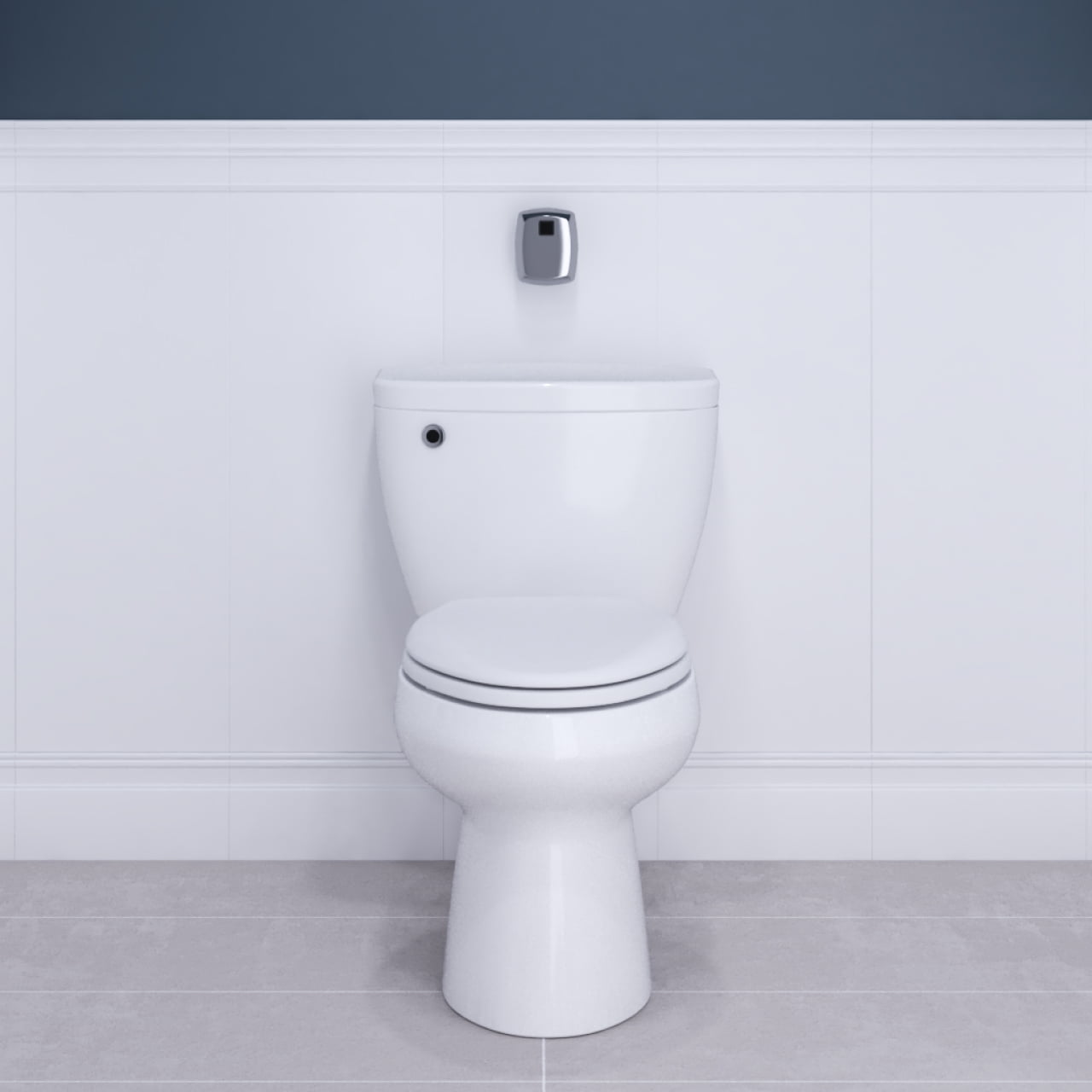
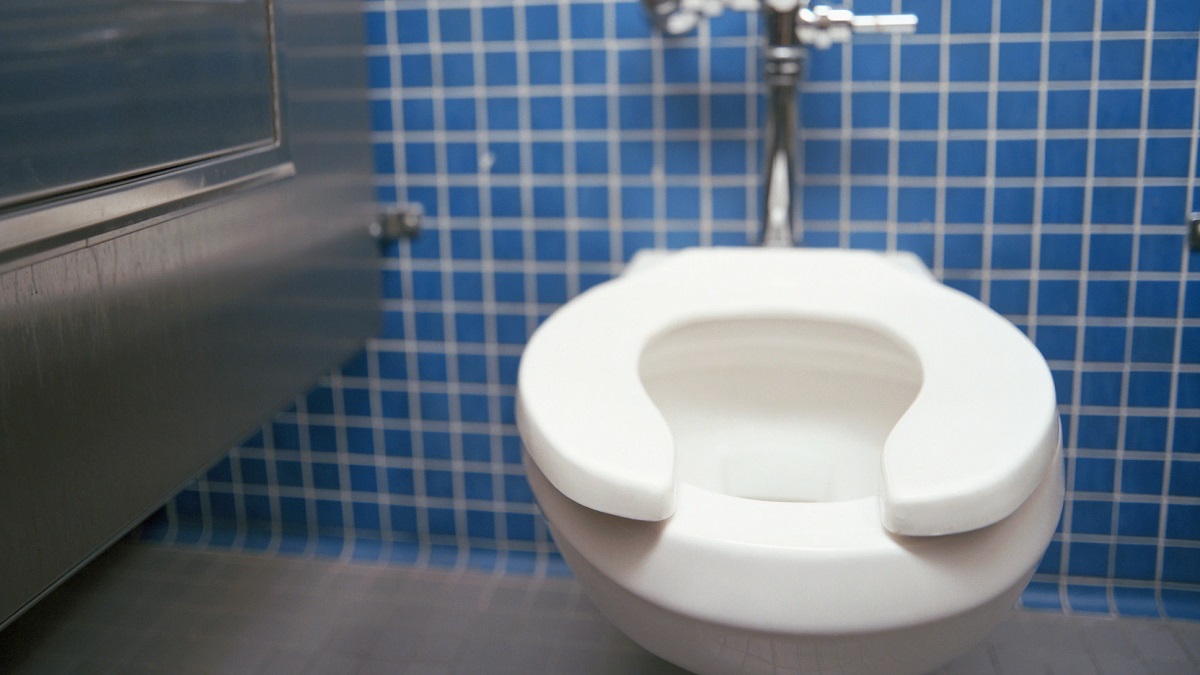
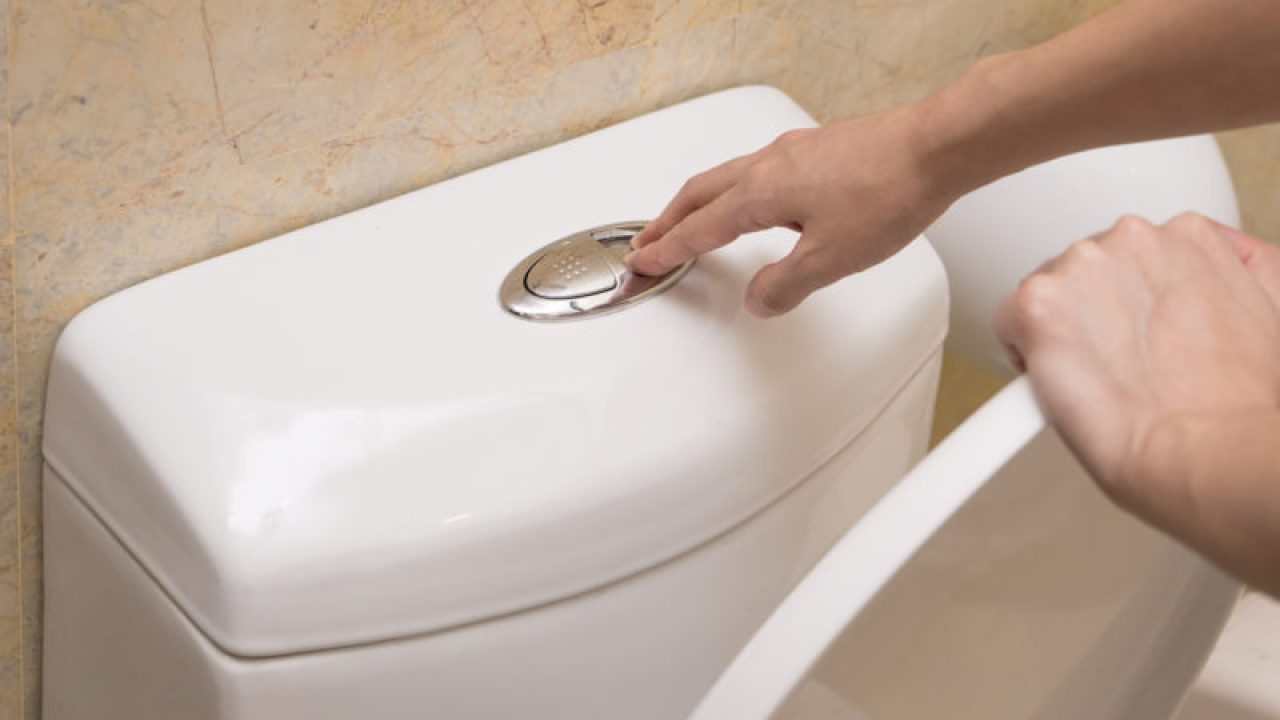
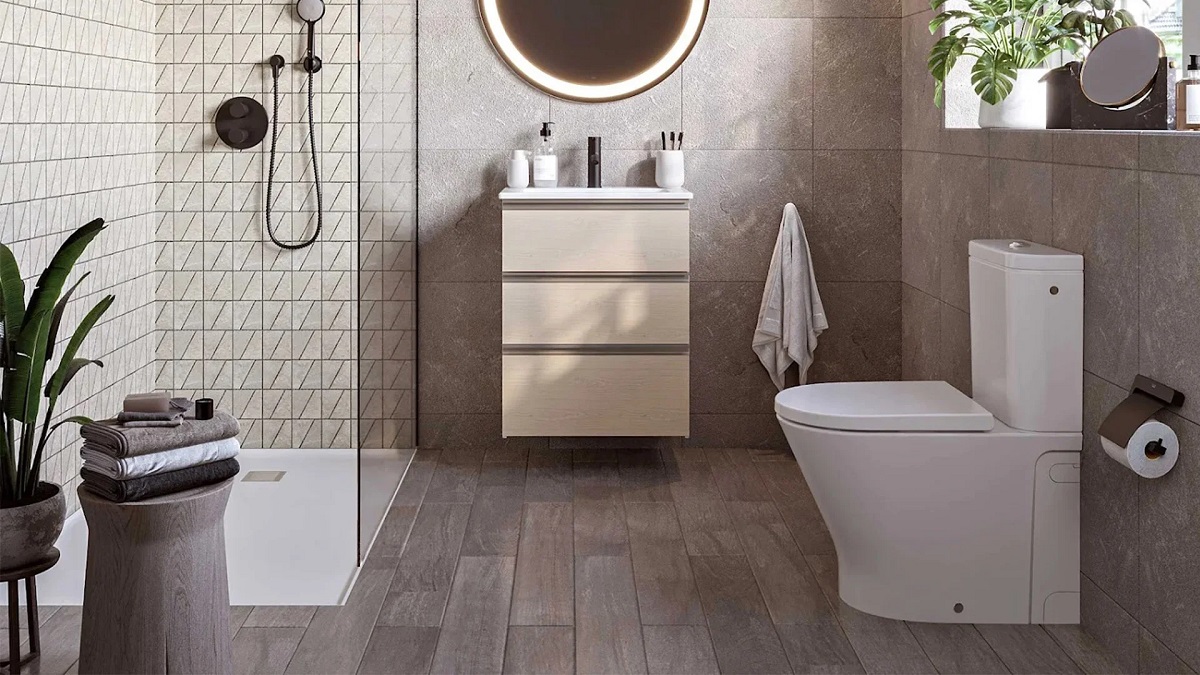
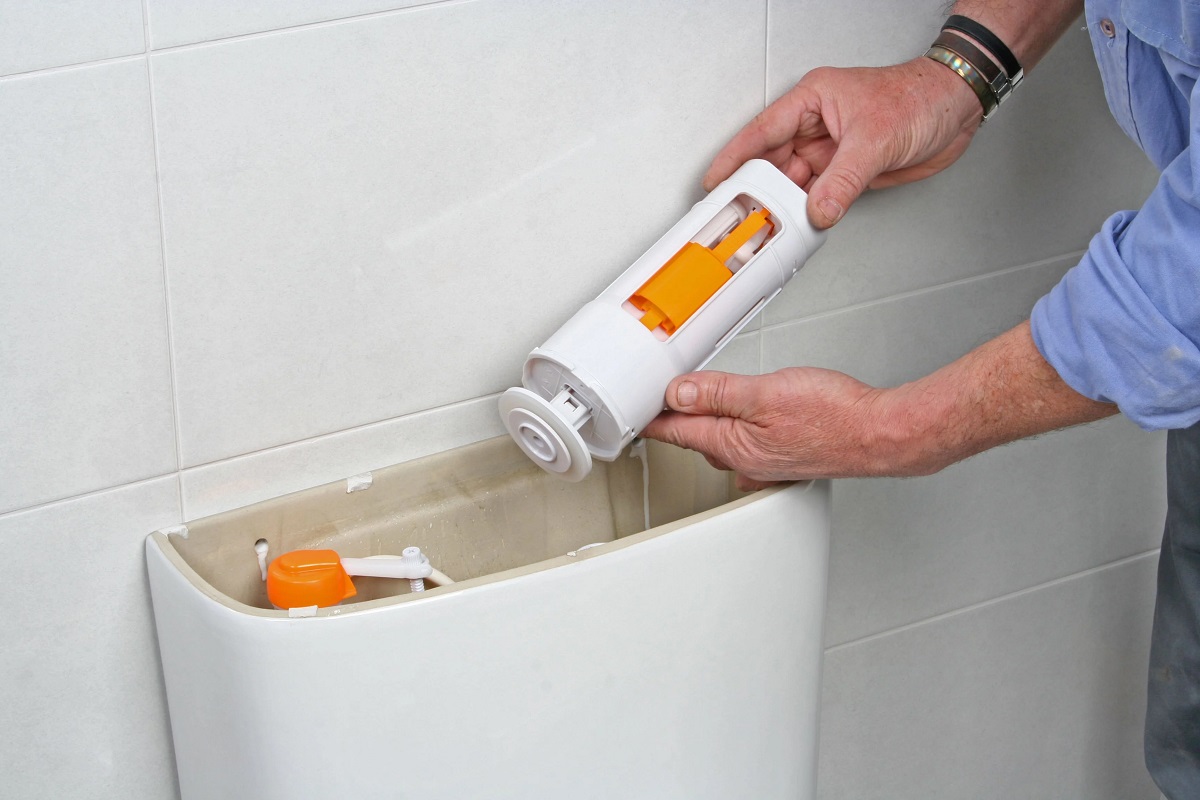
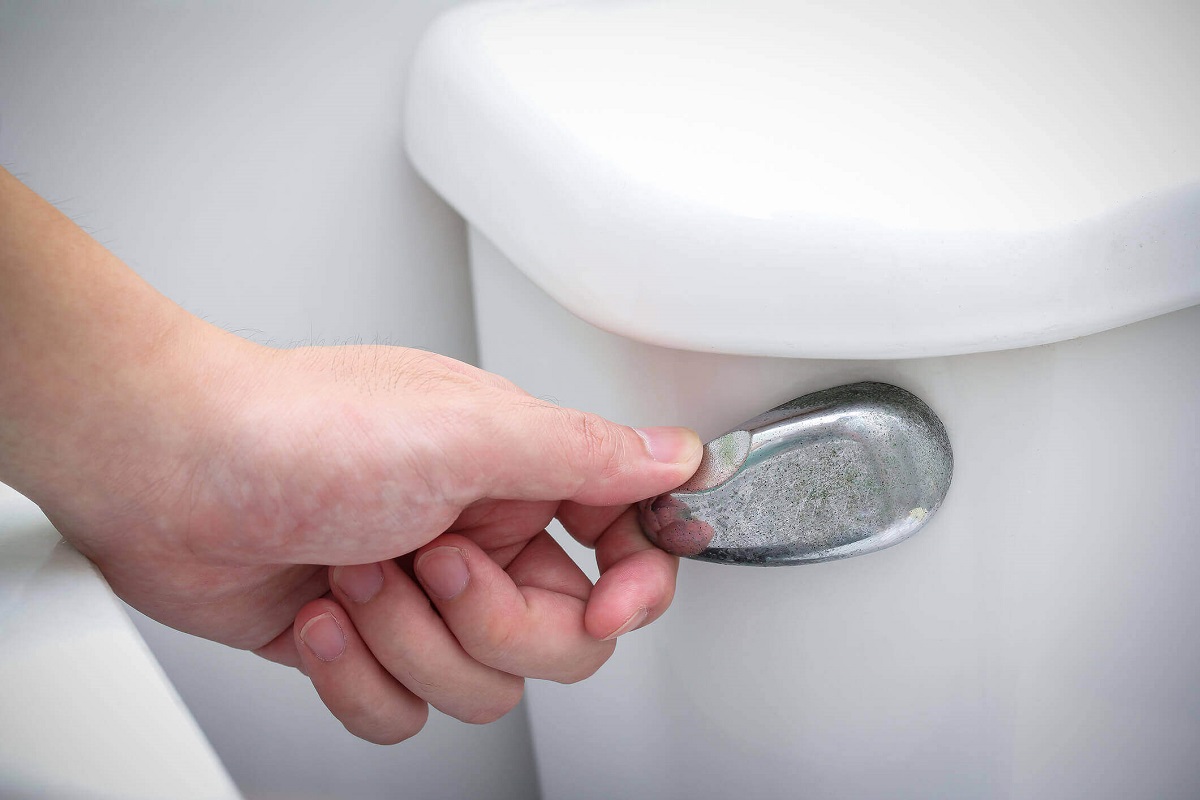
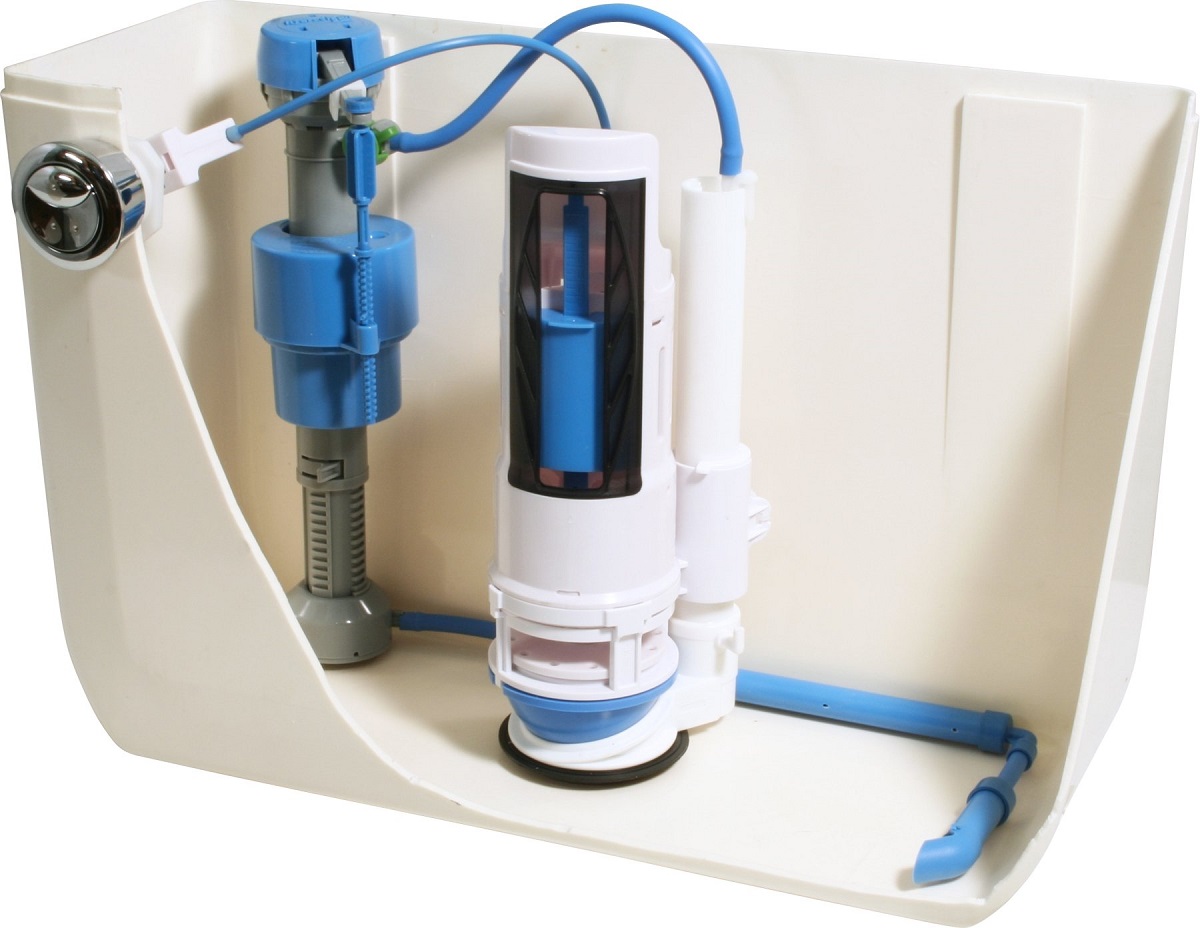
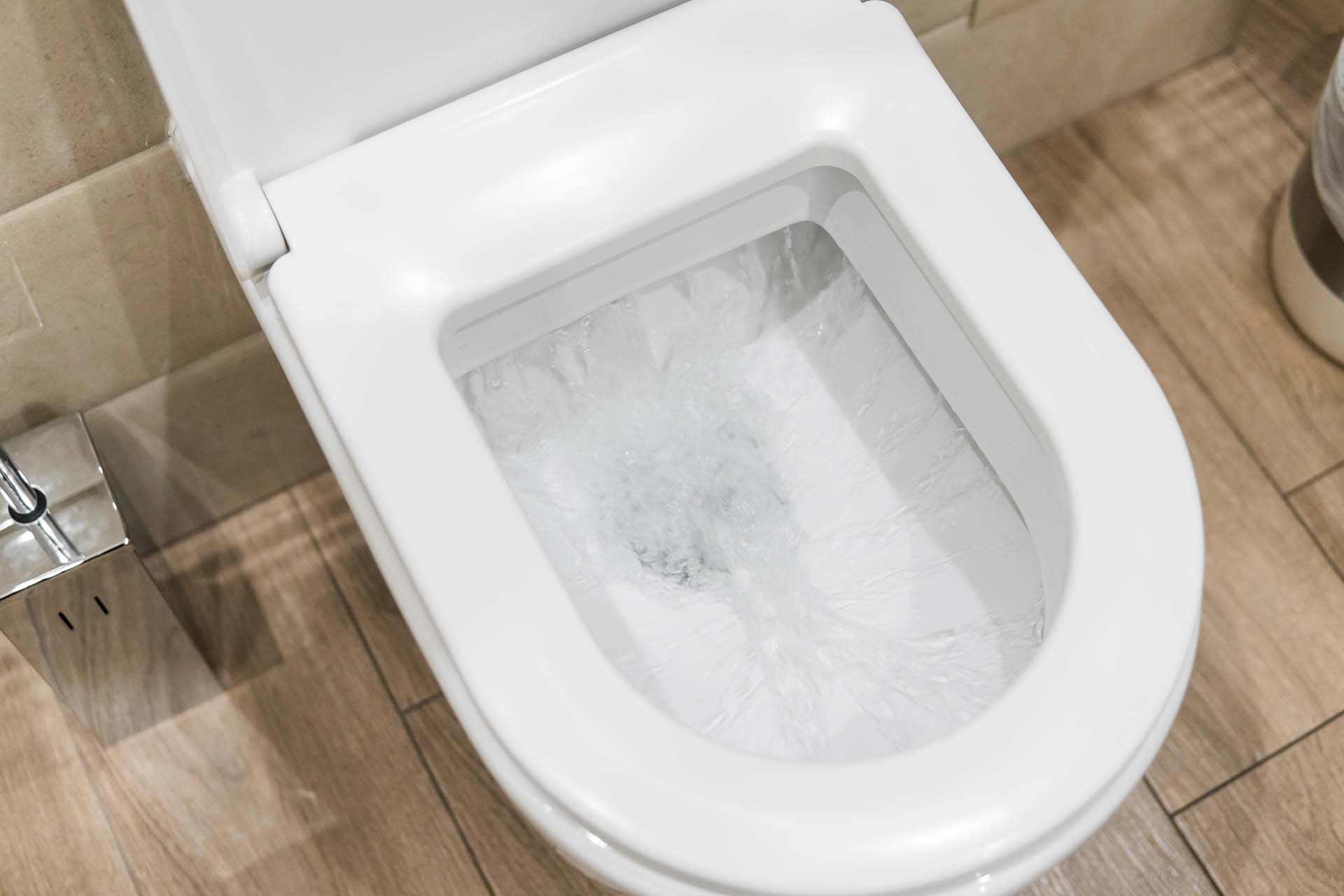
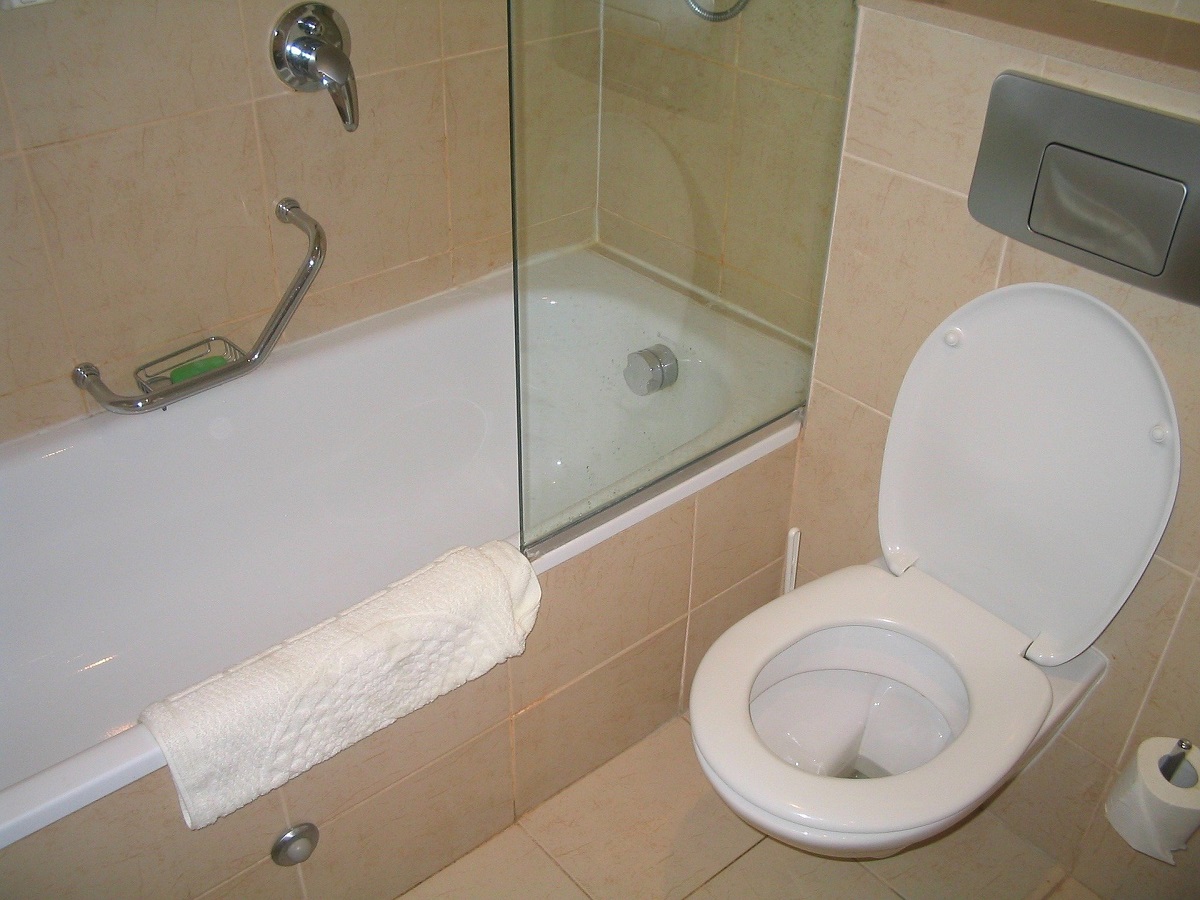
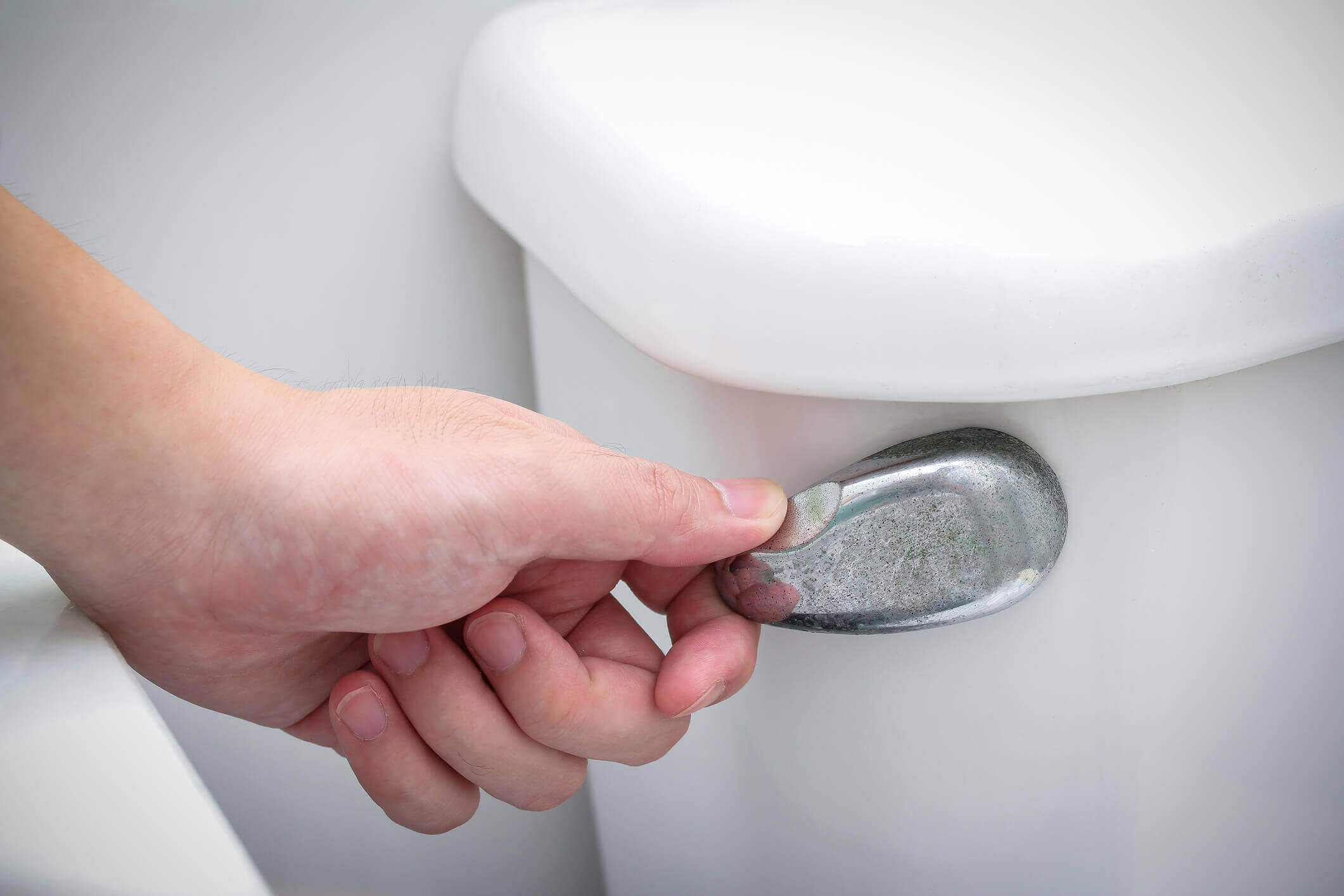
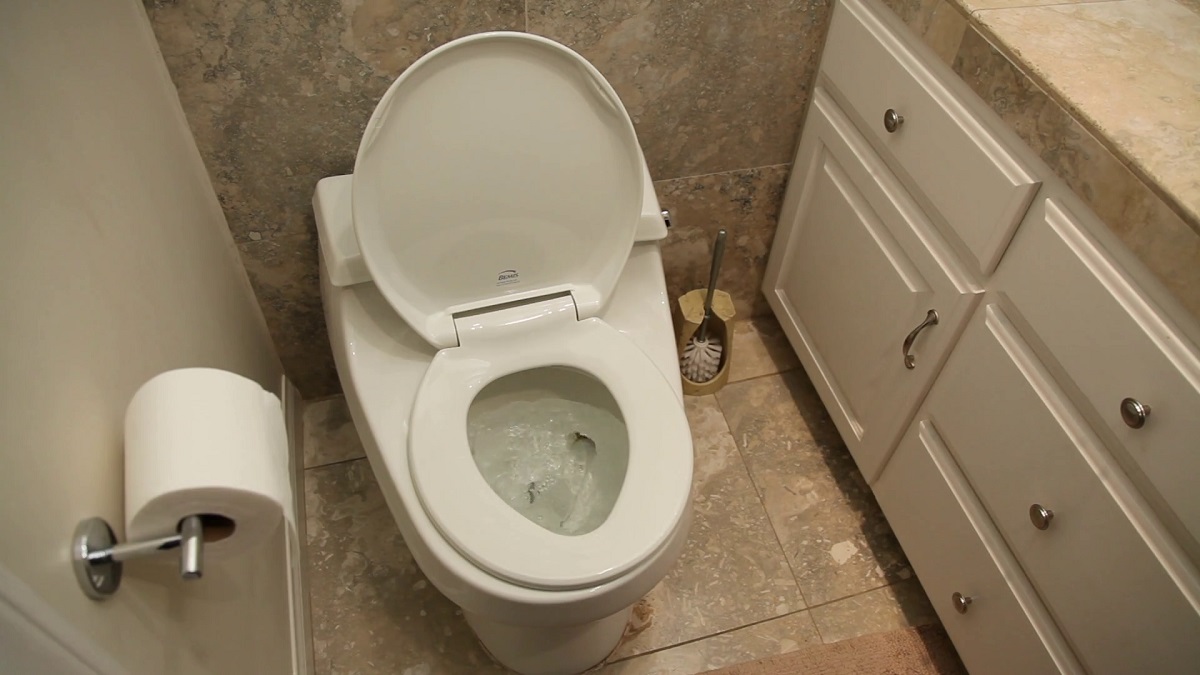
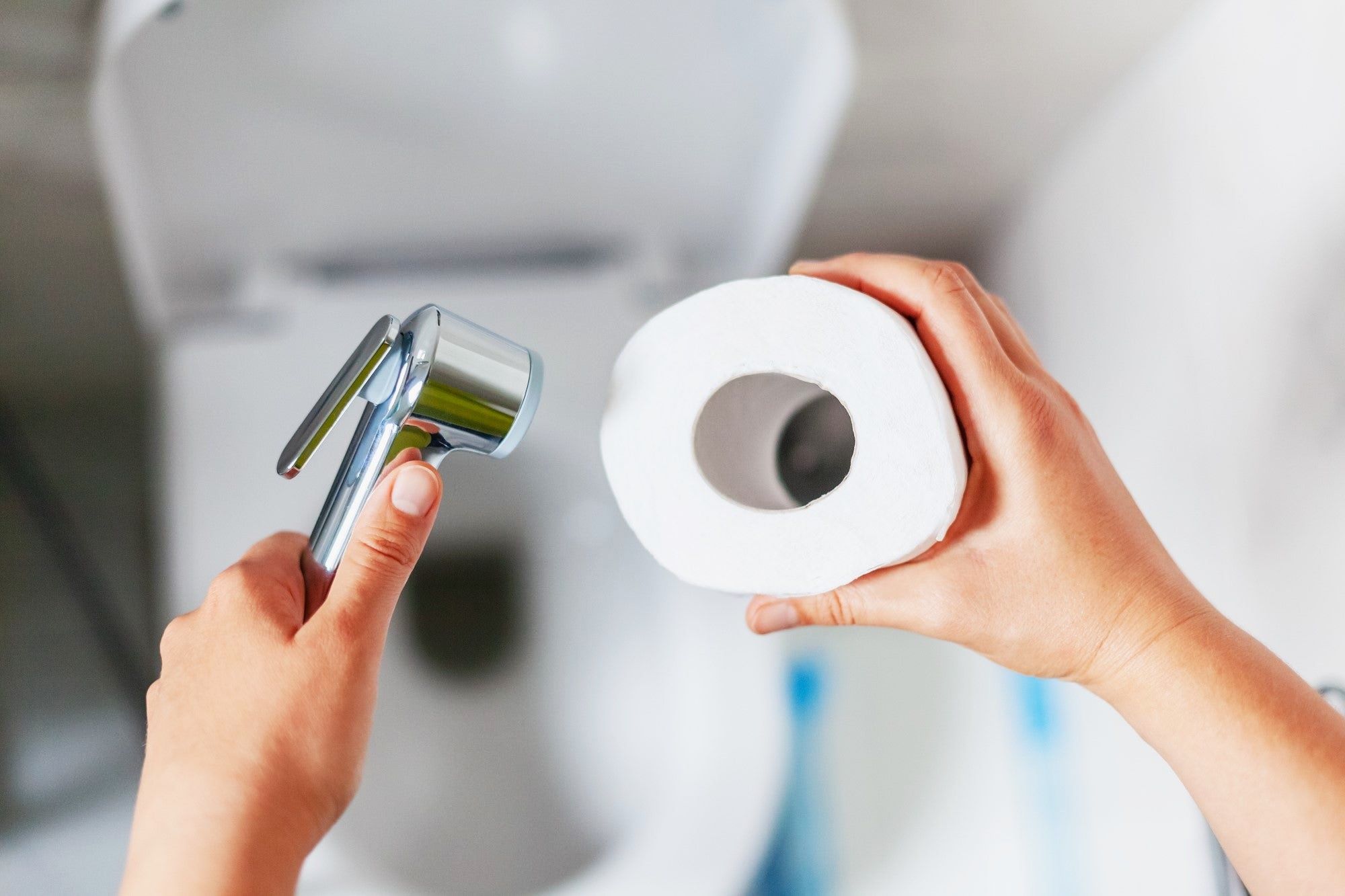


0 thoughts on “How To Make A Toilet Flush Better”